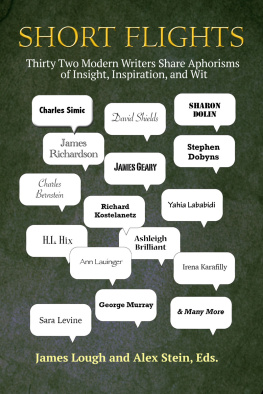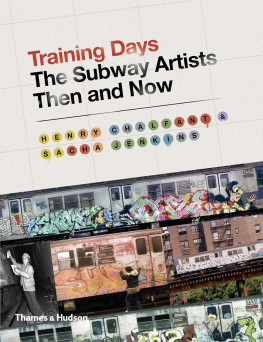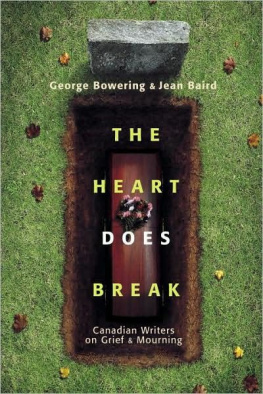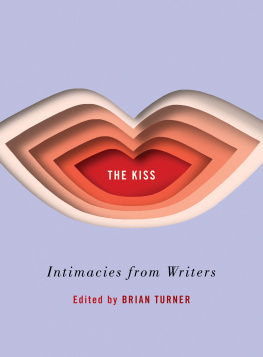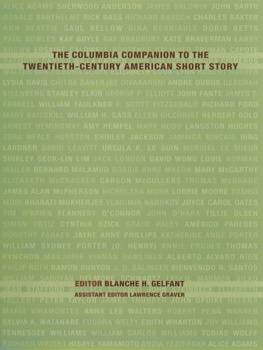Copyright 2013, 2021 by Sari Botton
Cover design by Ann Kirchner
Cover image Franzi / Shutterstock.com
Cover copyright 2021 Hachette Book Group, Inc.
Meghan Daums story was originally published in My Misspent Youth: Essays. It is reprinted here with permission from Open City Books.
Portions of Melissa Feboss story were originally published on the New York Times Opinionator blog Townies and in Salon.
Lisa Kos story was adapted from a piece originally published in the New York Timess Modern Love column.
Hachette Book Group supports the right to free expression and the value of copyright. The purpose of copyright is to encourage writers and artists to produce the creative works that enrich our culture.
The scanning, uploading, and distribution of this book without permission is a theft of the authors intellectual property. If you would like permission to use material from the book (other than for review purposes), please contact permissions@hbgusa.com. Thank you for your support of the authors rights.
Seal Press
Hachette Book Group
1290 Avenue of the Americas, New York, NY 10104
www.sealpress.com
@sealpress
Originally published in trade paperback and ebook by Seal Press in October 2013
Second Trade Paperback Edition: April 2021
Published by Seal Press, an imprint of Perseus Books, LLC, a subsidiary of Hachette Book Group, Inc. The Seal Press name and logo is a trademark of the Hachette Book Group.
The Hachette Speakers Bureau provides a wide range of authors for speaking events. To find out more, go to www.hachettespeakersbureau.com or call (866) 376-6591.
The publisher is not responsible for websites (or their content) that are not owned by the publisher.
Library of Congress Cataloging-in-Publication Data
Names: Botton, Sari, 1965 editor.
Title: Goodbye to all that : writers on loving and leaving New York / edited by Sari Botton.
Description: Second trade paperback edition. | New York : Seal Press, 2021.
Identifiers: LCCN 2020038592 | ISBN 9781541675681 (paperback) | ISBN 9781541619883 (ebook)
Subjects: LCSH: American literature--New York (State)--New York. | Women authors, AmericanNew York (State)New YorkBiography. | WomenNew York (State)New York)--Biography. | New York (N.Y.)Biography.
Classification: LCC PS549.N5 G66 2021 | DDC 810.8/03587471 [B]dc23
LC record available at https://lccn.loc.gov/2020038592
ISBNs: 978-1-58005-494-2 (paperback); 978-1-5416-7568-1 (paperback reissue), 978-1-5416-1988-3 (ebook)
E3-20210302-JV-NF-ORI
All I mean is that I was very young in New York, and that at some point the golden rhythm was broken, and I am not that young anymore.
Joan Didion, Goodbye to All That, Slouching Towards Bethlehem
For Clarisse
W hen I began updating this book in the fall of 2019, it seemed the most dramatic change to New York City since 2013 was the acceleration of a mechanism that was already in place: gentrification. Powered by racism, sexism, classism, and other engines of inequality, it had warped into what Vanishing New York author Jeremiah Moss has labeled hyper-gentrification. New York City has always had a bewitching, intoxicating effect on people, especially those who arrive with big aspirations in publishing or any of the myriad other creative fields of which the city is the unofficial capital. Often, though, at some point, the magic wears off. For some, it happens after their artistic dreams are dashed one too many times. For others, tiny living quarters come to feel too confining. For many, many more, time and time again, the cost of living skyrockets way beyond their means. In recent years, the number of people who could no longer afford to live in the five boroughs increased exponentially. Left and right, people were saying goodbye to all that.
But just a few months later, in the winter of 2020, a global pandemic would alter New York City in even more immediately obvious ways. What makes the city special would disappear. Hundreds of thousands of restaurants, shops, Broadway shows, museums, book shops, movie theatersevery nonessential business that had been essential to making New York the rich cultural tapestry it has always beenwould be shuttered. Midtown Manhattan and other business districts would become ghost towns, as workers were either laid off or sent home indefinitely. The population density that has always made this place feel like a teeming, nonstop-happening-now city worked against it, allowing the novel coronavirus to rapidly spread from resident to resident. New York became one of the pandemics worst hot spots in the United States.
Ninety miles north, in my adopted home of Kingston, New York, I feel an irrational pullan urge to get in my car and return, to applaud each evening at seven for essential workers, to find my place there once again, even though, especially now, it makes absolutely no sense for me to go back. When will I get to visit it again? What will the city be like then? Its now sixteen years since I left, and Ive never missed the place more.
T HIS IS A VERY DIFFERENT TIME FROM WHEN THE FIRST EDITION of Goodbye to All That was released, eight years after I left New York City.
In 2005, after we were evicted from our undermarket loft in the East Village and couldnt afford even a studio at the going rate, my husband and I felt strangely relieved to leave a city that seemed to be changing more rapidly than we could keep up with and where living had become completely unaffordable for us. We moved to New Yorks Mid-Hudson Valley, just under two hours from the city.
It was only a short time before we met a slew of other expats. Many of them were fellow writers and editors struggling to stay afloat in the new, shrinking publishing economy, just as I was. Trading the high cost of living in New York City for the significantly lower cost of living in a depressed rural area helped. Id cross paths with them at cafs (often cafs established by yet other expats), and as we got to know one another, wed compare notes on what prompted our respective exits from the city.
In time, I started to notice a recurring theme. Regardless of the particular circumstances that finally led to each persons departure, they had all, after once being enamored with the city and excited by its literary scene (populated by some of the worlds most celebrated writers), over time become largely disenchanted with both. Enough so that they left.
Its a common narrative arc, but nowhere is it related more evocatively than in Joan Didions iconic essay Goodbye to All That, included in her 1967 essay collection, Slouching Towards Bethlehem. In telling the story of her own eight years in New York City, from her starry-eyed arrival at twenty to her bleary-eyed departure at twenty-eight, Didion inimitably captures something universal and timeless about coming of age as a young person in New York, particularly if one had literary aspirations. It is considered by many to be the gold standard of personal essays, the one that so many writers count among their favorites and that many aspire to replicate. Didion somehow makes the specifics of her own experience recognizable to even those who lived in New York thirty or forty years after she had.
Goodbye to All That seems to remain relevant to one generation after another no matter how far in time we get from 1963, the year Didion left Manhattan for Los Angeles. It feels even more appropriate to revisit it now, given the effects of Covid-19 on the city and how the pandemic is forcing more and more New Yorkers to consider leaving.



